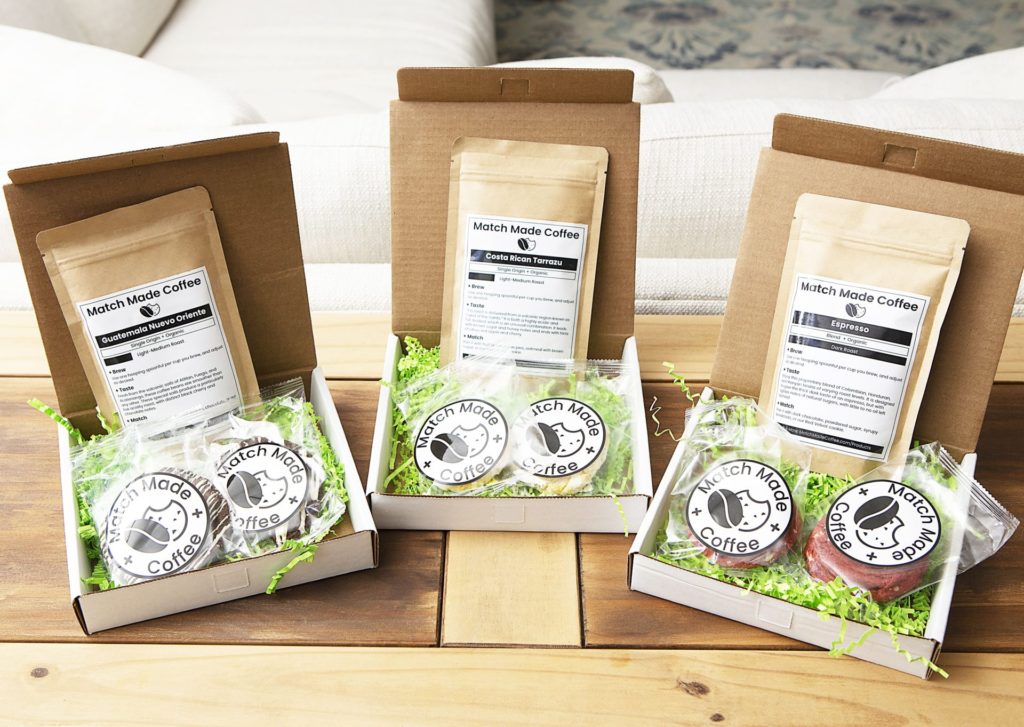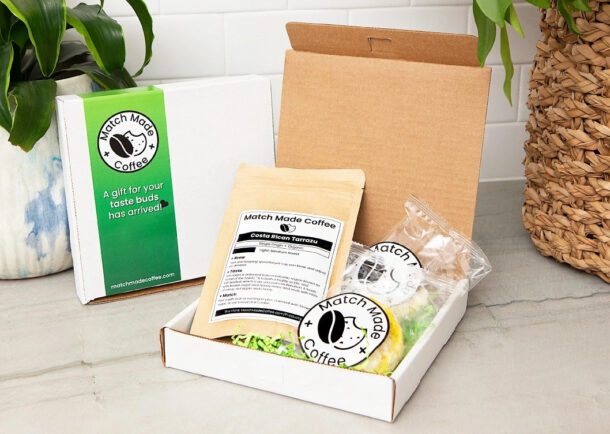What does a coffee farmer look like?
Quick, without thinking about it, picture an agricultural farmer from another country.
Have one in mind?
Did you think of a male?
Chances are that you, like myself, came to that conclusion without even thinking twice about it.
Although this may be the case in some circumstances, women in the coffee supply chain actually make up between 43% and 70% of this agricultural workforce (depending on the country), according to the World Farmers Organization.

57% of Rwandan coffee farmers are female
Women’s affect on coffee
In many countries across the world, despite this large showing in the workforce, women in the coffee supply chain get little to no representation or pay.
Much of the world’s coffees come from Africa or South America. Women there are not given equal access simply because they are women. It is estimated that by eliminating the gender gap in these countries, that women’s farm production would go up 30% in developing countries. Even in developed countries, this would result in a 4% rise in farm production.
“Women are on the front lines when it comes to our beloved cup of coffee. They serve as the primary labor force on roles that most affect quality, from picking the ripe coffee cherries off the tree to sorting beans throughout processing. Despite their significant role, most earnings go to men who own the property and manage commercial deals,” says Phyllis Johnson, president of BD Imports.
Organizations looking to help
Thankfully, there are plenty of organizations tackling these very subjects.
The International Women’s Coffee Alliance is one of these fantastic organizations. This organization is teaching Guatemalan female coffee farmers extra skills like coffee grafting. They are also helping to develop profit-sharing plans in Burundi.

Bloomberg Philanthropies also committed large sums of money to aid African female coffee farmers. Bloomberg Philanthropies sees it as a simple solution to help women in the coffee supply chain participate in Africa’s continuing growth.
The Food And Agricultural Organization (FAO), part of the United Nations, found that in these countries where women are forbidden to own land and many items, that the women are in a particularly harsh place. As a result of this, the women in those countries do not have collateral to give them access to credit. Access to credit that would enhance their farms.

Simple things like learning to budget and connecting with buyers make a huge difference
The FAO found that many of these countries, unsurprisingly, lacked gender specific data of their own. There would not be statistics to show that these countries are suffering overall by not helping their female population, without the aid of these organizations.
How can you help?
So, what is the solution?
Well, awareness is the first step. Women are being taken advantage of and now we can have that discussion with others. Not only that, but we now know that one of the paths to help these poorer countries succeed is through empowering these very same women.

We have taken just the first step though, and that is the easiest step.
Each country and region has its own rules and cultures in play. This is not a one stop, simple solution kind of thing.
These organizations do a lot to empower women and enrich their lives. But, these organizations also bring economic benefits to the country as a whole. Oh, and yes, a better cup of coffee to our doorsteps.

Consider donating if this is a cause that speaks to you.






